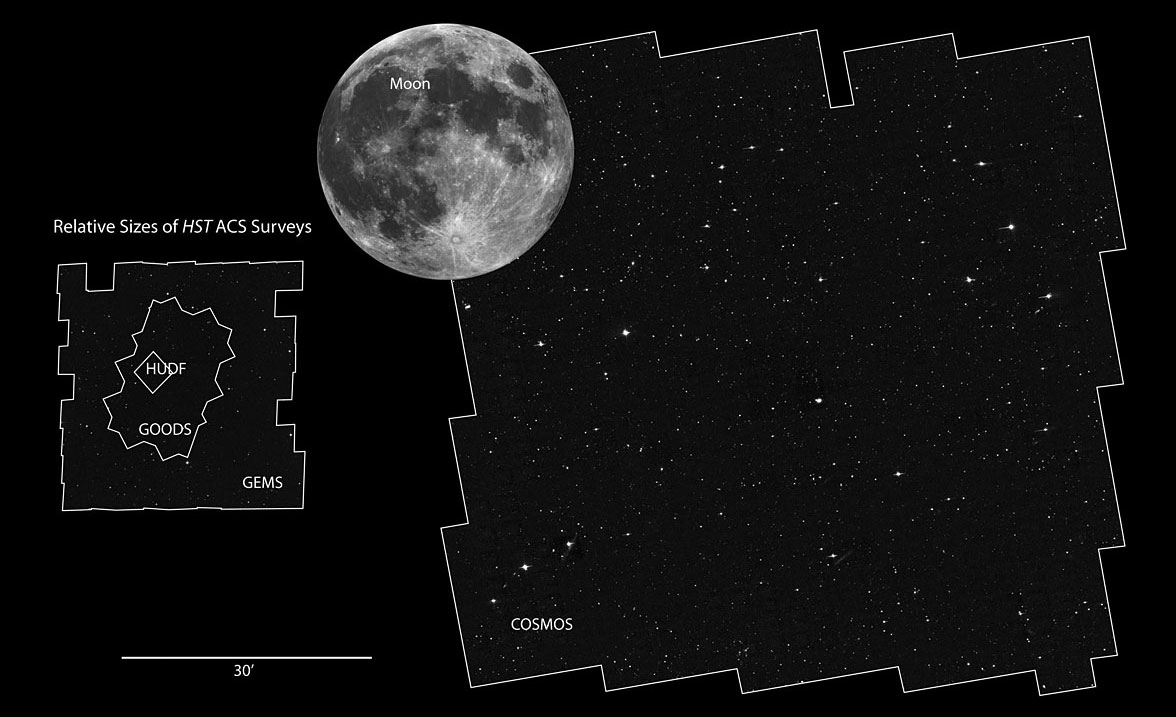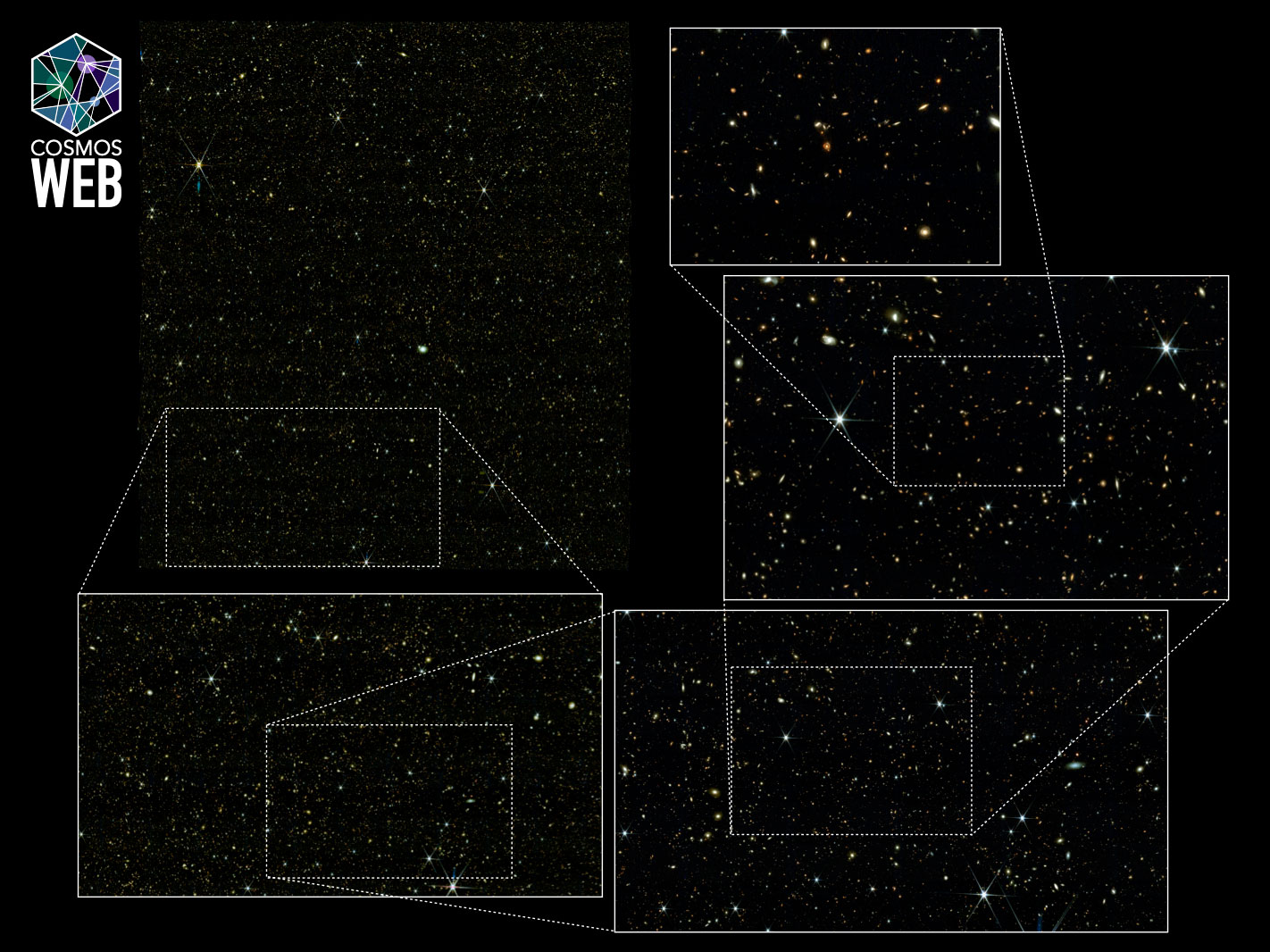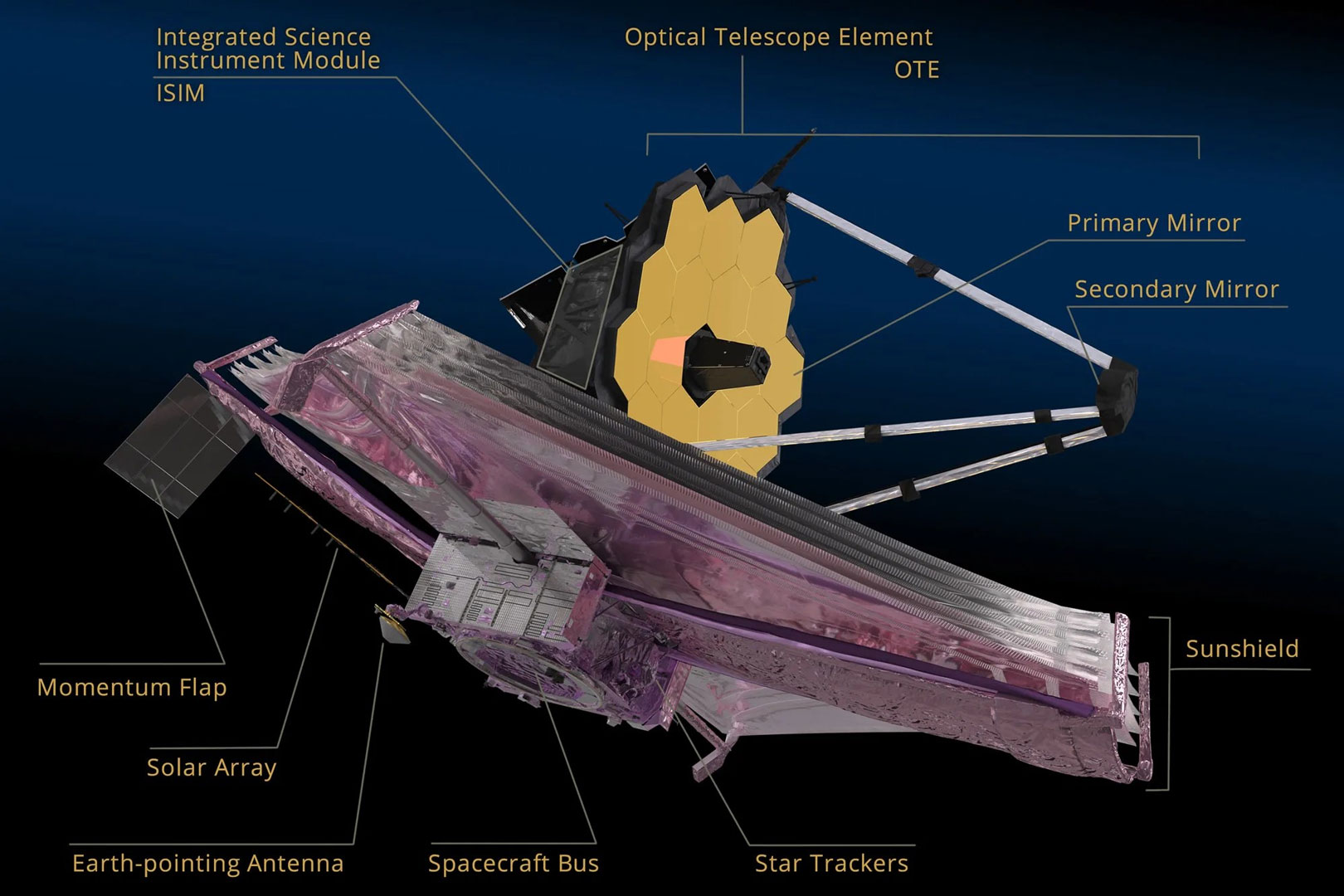1.5TB of James Webb Space Telescope data dumped on the internet — new searchable database is the largest window into our universe to date

The Cosmic Evolution Survey (COSMOS) has just released the “largest look ever into the deep universe.” Even more importantly, it has made the data publicly available and accessible “in an easily searchable format.” Possibly the star attraction from this massive 1.5TB of James Webb Space Telescope (JWST) data is the interactive viewer, where you can gawp at stunning space imagery encompassing nearly 800,000 galaxies. At the same site, you can find the complete set of NIRCam and MIRI mosaics and tiles, plus a full photometric catalog.
The COSMOS-Web program is a NASA-backed project with the support of scientists from the University of California, Santa Barbara (UCSB), and Rochester Institute of Technology (RIT). With this significant data release, the public at large is getting access to the largest view deep into the universe they will have ever seen.
According to the press release announcement, the published survey maps 0.54 degrees of the sky, or “about the area of three full moons,” with the NIRCam (near infrared imaging), and a 0.2 square degree area with MIRI (mid-infrared imaging).


To help Joe Public make sense of this 1.5TB data deluge, COSMOS-Web has thoughtfully provided a full aperture and model-based photometric catalog. Using this reference, those interested can observe “photometry, structural measurements, redshifts, and physical parameters for nearly 800,000 galaxies.” More excitingly for amateur astrophysics enthusiasts, the researchers claim that the new JWST imaging, combined with previous COSMOS data, “opens many unexplored scientific avenues.”
Before you head on over to the linked resources, it might be useful to familiarize yourself with some of the terms and units used by COSMOS-Web. If we want to look more closely at the JWST NIRCam mosaics, for example, you will see that the newly surveyed area is mapped into 20 zones with reference codes. Each of the mosaics is available in four NIRCam filters (F115W, F150W, F277W, F444W). In terms of scale, mosaics are available in both 30mas and 60mas. ‘Mas’ is short for milliarcseconds, a unit of angular measurement commonly used in astronomy.
Both mosaics (created by stitching together multiple tiles), and tiles (individual images, as captured by the telescope) are available for download and study. For example, a single 30mas pixel scale mosaic from NIRCam might require a download of up to 174GB, while the individual tiles are a ‘mere’ 7-10GB (compressed). You would also need specialized astronomical software to open these FITS data maps, but there are many options available, including some free and open-source software.
The COSMOS project has made use of most of the major telescopes on Earth and in space. It began with its use of the Hubble Space Telescope to cover what has now become known as the COSMOS field, a 2-square-degree field which appears to cover approximately 2 million galaxies. The initial Hubble survey took 640 orbits of the Earth. Ultimately, it is hoped that the research team will be able to study the formation and evolution of galaxies across cosmic time.
Get Tom's Hardware's best news and in-depth reviews, straight to your inbox.
Follow Tom's Hardware on Google News to get our up-to-date news, analysis, and reviews in your feeds. Make sure to click the Follow button.

Mark Tyson is a news editor at Tom's Hardware. He enjoys covering the full breadth of PC tech; from business and semiconductor design to products approaching the edge of reason.
-
edzieba And if you want yet more JWST (and HST, and TESS, and soon NGRST) observation data then MAST makes that 1.6TB look like a pathetic drop in the bucket - JWST alone downlinks ~20 TB per annum, with final data products after groundside processing being many times that. There are no restrictions to sign up, all data outside of the Observer's Exclusive Access Period (i.e. if you have requested and received approval for a dedicated observation you get access to that data exclusively to write your paper, for either 12 months or when you publish, whichever is first, after which it becomes public) is available to download.Reply -
wwenze1 I'm actually surprised there isn't more. Meanwhile youtube individuals are posting terabytes of walking videos every year.Reply
